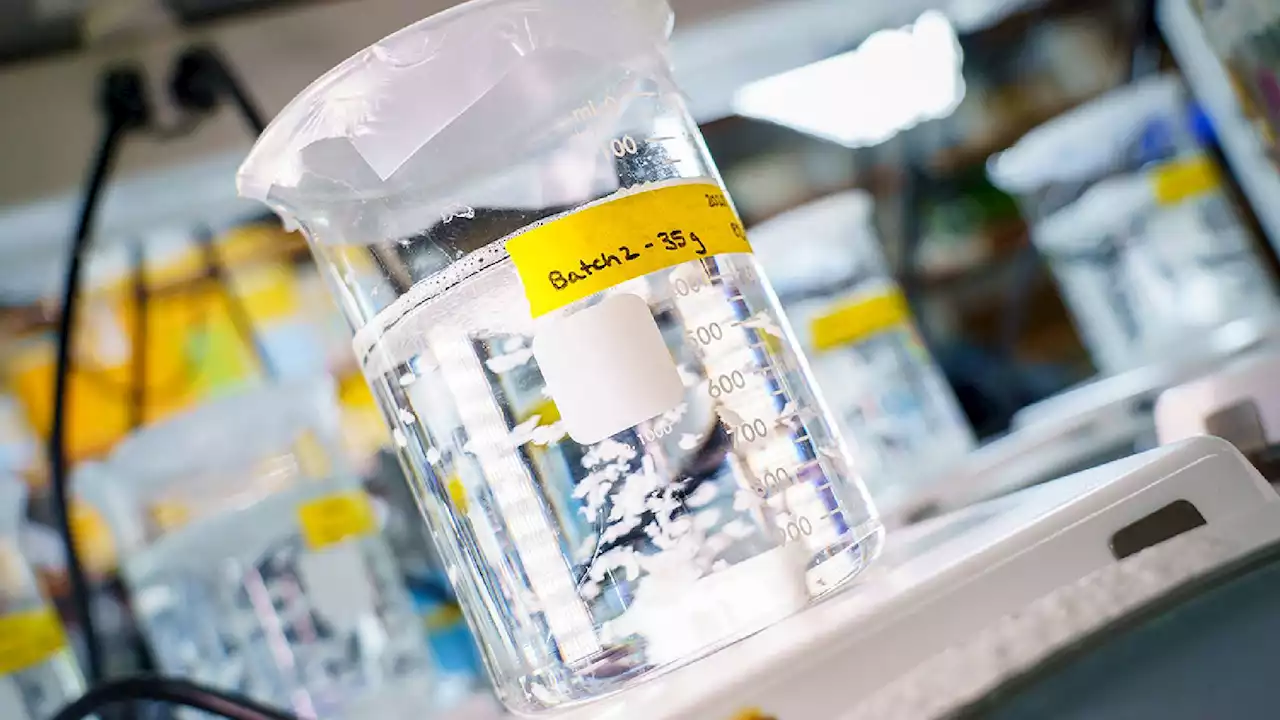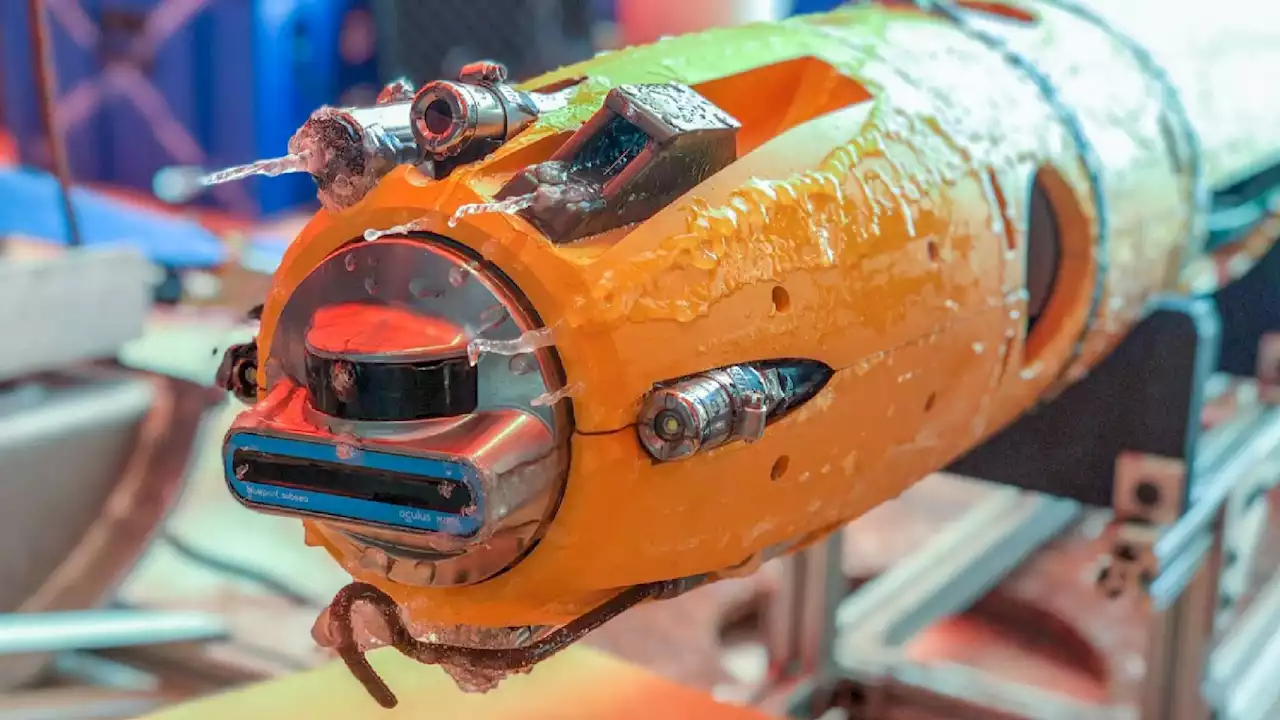A layer of a naturally occurring chemical known as L-gluthathion can extend semi-transparent solar cells’ lifespans while also improving their efficiency.
, describing how integrating a layer of a naturally occurring chemical known as L-gluthathion can extend semi-transparent solar cells’ lifespans while also improving their efficiency. Yang Yang, a materials scientist at UCLA’s Samueli School of Engineering, explained that organic materials could be a major tool within agrivoltaics, because they selectivity absorb certain spectrums of light. Historically, however, they have been too unstable to widely deploy in the solar energy industry.
Inorganic solar cells’ organic counterparts often degrade extremely quickly as sunlight causes them to lose electrons through oxidation. By adding a thin layer of carbon-based L-gluthathion, the previously short-lived cells could maintain upwards of 80 percent efficacy after 1,000 usage hours—a major step up from the less than 20 percent efficacy over the same time period sans L-gluthathion.
Yang’s team hopes to eventually scale production of the new organic solar cells for widespread industrial usages.
United States Latest News, United States Headlines
Similar News:You can also read news stories similar to this one that we have collected from other news sources.
 Scientists invent biomaterial that can heal tissue from the inside outScientists at the University of California San Diego have invented a new biomaterial that can be injected intravenously to reduce inflammation in tissue and repair cells.
Scientists invent biomaterial that can heal tissue from the inside outScientists at the University of California San Diego have invented a new biomaterial that can be injected intravenously to reduce inflammation in tissue and repair cells.
Read more »
 Global Warming Is Worse Than We Thought, AI Tells ScientistsThe global warming threshold of 1.5 degree Celsius may be a foregone conclusion, according to a new study that trained an AI on climate models.
Global Warming Is Worse Than We Thought, AI Tells ScientistsThe global warming threshold of 1.5 degree Celsius may be a foregone conclusion, according to a new study that trained an AI on climate models.
Read more »
 Scientists Observe “Quasiparticles” in Classical Systems for the First TimeSince the advent of quantum mechanics, the field of physics has been divided into two distinct areas: classical physics and quantum physics. Classical physics deals with the movements of everyday objects in the macroscopic world, while quantum physics explains the strange behaviors of tiny elementar
Scientists Observe “Quasiparticles” in Classical Systems for the First TimeSince the advent of quantum mechanics, the field of physics has been divided into two distinct areas: classical physics and quantum physics. Classical physics deals with the movements of everyday objects in the macroscopic world, while quantum physics explains the strange behaviors of tiny elementar
Read more »
 Scientists Found an Entirely New Way of Measuring TimeDetermining the passage of time in our world of ticking clocks and oscillating pendulums is a simple case of counting the seconds between 'then' and 'now'.
Scientists Found an Entirely New Way of Measuring TimeDetermining the passage of time in our world of ticking clocks and oscillating pendulums is a simple case of counting the seconds between 'then' and 'now'.
Read more »
 A new robot lets scientists see deep into the Antarctic ice shelfA U.S.-New Zealand research team was able to witness evidence of “ice pumping” in the Antarctic ice shelf thanks to a robot called Icefin.
A new robot lets scientists see deep into the Antarctic ice shelfA U.S.-New Zealand research team was able to witness evidence of “ice pumping” in the Antarctic ice shelf thanks to a robot called Icefin.
Read more »
 Scientists Say They're Near Augmenting Human Bodies With Extra LimbsThere's different approaches to augmenting the human bodies with extra robot parts, and it may not even need to involve tricky brain implants.
Scientists Say They're Near Augmenting Human Bodies With Extra LimbsThere's different approaches to augmenting the human bodies with extra robot parts, and it may not even need to involve tricky brain implants.
Read more »
